Reusable vs. Compostable: Making the Best Choice for the Planet
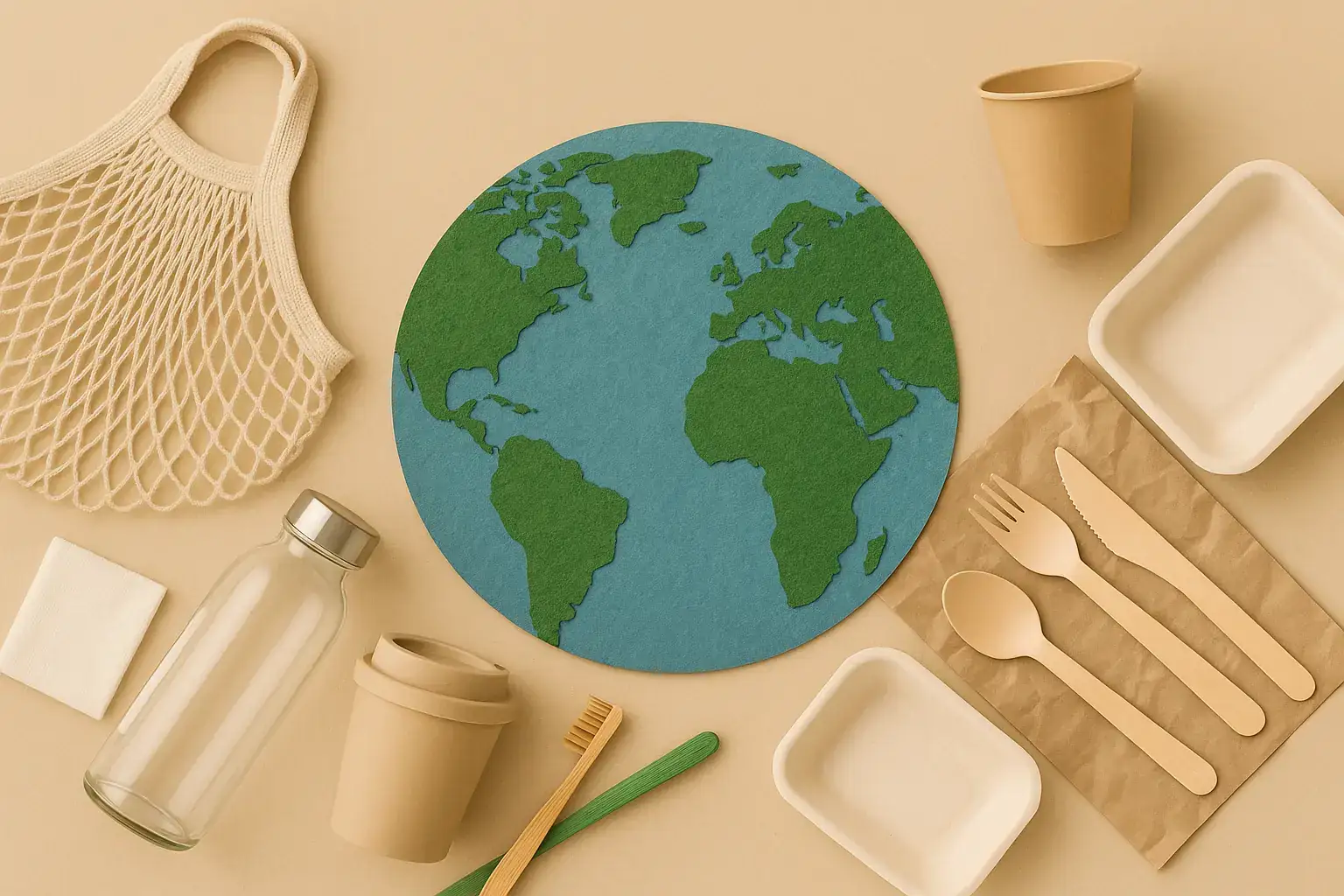
You're trying to live more sustainably. You've ditched single-use plastic water bottles and carry your own shopping bags. But then you encounter new options: coffee cups labeled "compostable," takeout containers marketed as "biodegradable," or packaging proudly stating it's made from plant-based materials.
Seeing these alternatives might leave you wondering: Are these "compostable" or "biodegradable" single-use items just as good as reusable ones? What's actually the most sustainable choice? It's a common point of confusion, and the answer isn't always a simple one-word reply.
Let's break down the pros and cons of reusables versus compostable single-use items to help you make truly informed decisions for a greener lifestyle.
The Starting Point: Why Single-Use Plastic is Problematic
We know the issues with conventional single-use plastic:
- Made from fossil fuels (a non-renewable resource).
- Persists in the environment for hundreds or thousands of years.
- Contributes to plastic pollution in landfills, oceans, and ecosystems.
- Often used for minutes but lasts forever.
Seeking alternatives is a crucial step, and both reusable and compostable options aim to provide a solution, but they do so in different ways and come with their own sets of considerations.
Option 1: The Power of Reusable
Reusable items are designed for durability and repeated use, replacing the need for countless disposable versions over their lifespan. Think your metal water bottle, cloth shopping bags, glass food containers, or ceramic coffee cup.
-
Environmental Benefits:
- Maximum Waste Reduction: The primary benefit is avoiding the production and disposal of single-use items every single time you use the reusable alternative.
- Resource Efficiency (Over Time): While reusables require more resources (energy, water, materials) to produce initially than a single disposable item, this impact is spread out over many uses.
- Durability: Built to last, reducing the need for frequent replacement.
-
Key Consideration: The Breakeven Point: The sustainability of a reusable item is directly tied to how many times you use it. Studies show that reusables have an environmental "breakeven point" – the number of uses required for their impact (including manufacturing and washing) to be less than that of the disposable alternative.
- Examples: A reusable shopping bag needs to be used anywhere from dozens to hundreds of times (depending on the material) to be more sustainable than a single-use plastic bag. A reusable coffee cup might need to be used between 20 to over 100 times to outperform a disposable cup (including paper or compostable options), factoring in washing.
-
Practicalities: Requires remembering to bring it with you and requires washing, which uses water and energy (though often less than the energy saved by not producing a new disposable item).
Option 2: The Promise of Compostable
Compostable single-use items are made from renewable resources (like corn starch, sugarcane, or bamboo) and are designed to break down into organic matter under specific conditions.
-
Intended Environmental Benefits:
- Renewable Resources: Made from plants, which are a renewable resource, unlike fossil fuels.
- Avoids Plastic Persistence (If Composted): If successfully composted, they turn back into organic matter and don't linger in the environment like conventional plastic.
-
Key Consideration: The Composting Destination: This is the most critical factor for compostable items. They require specific conditions (heat, moisture, microbial activity) found in:
- Industrial Composting Facilities: These facilities are designed to process compostable packaging and food waste at high temperatures, ensuring proper breakdown. Many compostable items are certified for industrial composting only, not home composting.
- Well-Managed Home Composting (for some items): Some items are certified "home compostable," meaning they can break down in a backyard compost pile, but this takes longer and the range of accepted items is usually smaller.
-
The Problem If Not Composted Correctly:
- Landfill Methane: If compostable items end up in landfill (which lacks oxygen), they decompose anaerobically and produce methane, just like food waste. This negates a key benefit.
- Contamination: If mistakenly put in conventional recycling bins, they can contaminate the recycling stream, causing entire batches to be sent to landfill.
- Lack of Infrastructure: Many areas still lack widespread access to industrial composting facilities that accept food serviceware.
So, Which is Better? Making Informed Decisions
Based on their characteristics and requirements, here's how to navigate the reusable vs. compostable choice:
-
The General Rule: Prioritize Reusable.
- If you have the option to use a reusable item (your own coffee cup, water bottle, shopping bag, food container) and can realistically commit to using it consistently (enough times to reach its breakeven point), reusable is almost always the most sustainable choice. It avoids the production impact of any single-use item, whether plastic, paper, or compostable.
-
When Compostable Can Be a Good Option:
- In situations where reusables are genuinely not feasible or practical (e.g., at a large event with provided serviceware, or grabbing takeout spontaneously), and critically, where you have guaranteed access to a certified industrial composting facility that accepts food serviceware.
- Compostable items are a better alternative to conventional plastic single-use items if they are actually composted correctly.
-
When Compostable is NOT Better:
- If the item will likely end up in landfill or mistakenly in the recycling bin.
- If you only have access to home composting and the item is only certified for industrial composting.
- If it's replacing a situation where a reusable item could have easily been used (e.g., using a compostable cup at a coffee shop where you could have brought your reusable one).
Key Takeaways for the Conscious Consumer:
- Reusable First: Make the habit of carrying your own reusable bags, bottles, cups, and containers your default. This is the most impactful personal action.
- Understand "Compostable": Don't assume all "compostable" items will break down easily everywhere. Look for certifications (like BPI in North America, seedling logo in Europe) and understand if they are certified for home or industrial composting.
- Know Your Local Infrastructure: Does your city or building offer food scrap and compostable packaging collection? If not, the benefit of compostable single-use items is severely limited.
- Be Wary of "Biodegradable": This term is less regulated than "compostable" and often just means an item will break down into smaller pieces (like microplastics) over a very long time, rather than turning into usable compost.
- Reduce Overall Consumption: Remember the most sustainable item is often the one you don't acquire in the first place.
Navigating sustainable alternatives requires a little knowledge and effort, but by understanding the lifecycle and requirements of reusable versus compostable options, you can make choices that truly benefit the planet. Prioritize reusable whenever possible, and if choosing compostable, ensure it reaches the correct composting destination. Your informed choices are a powerful step towards a less wasteful future.
Related Blogs
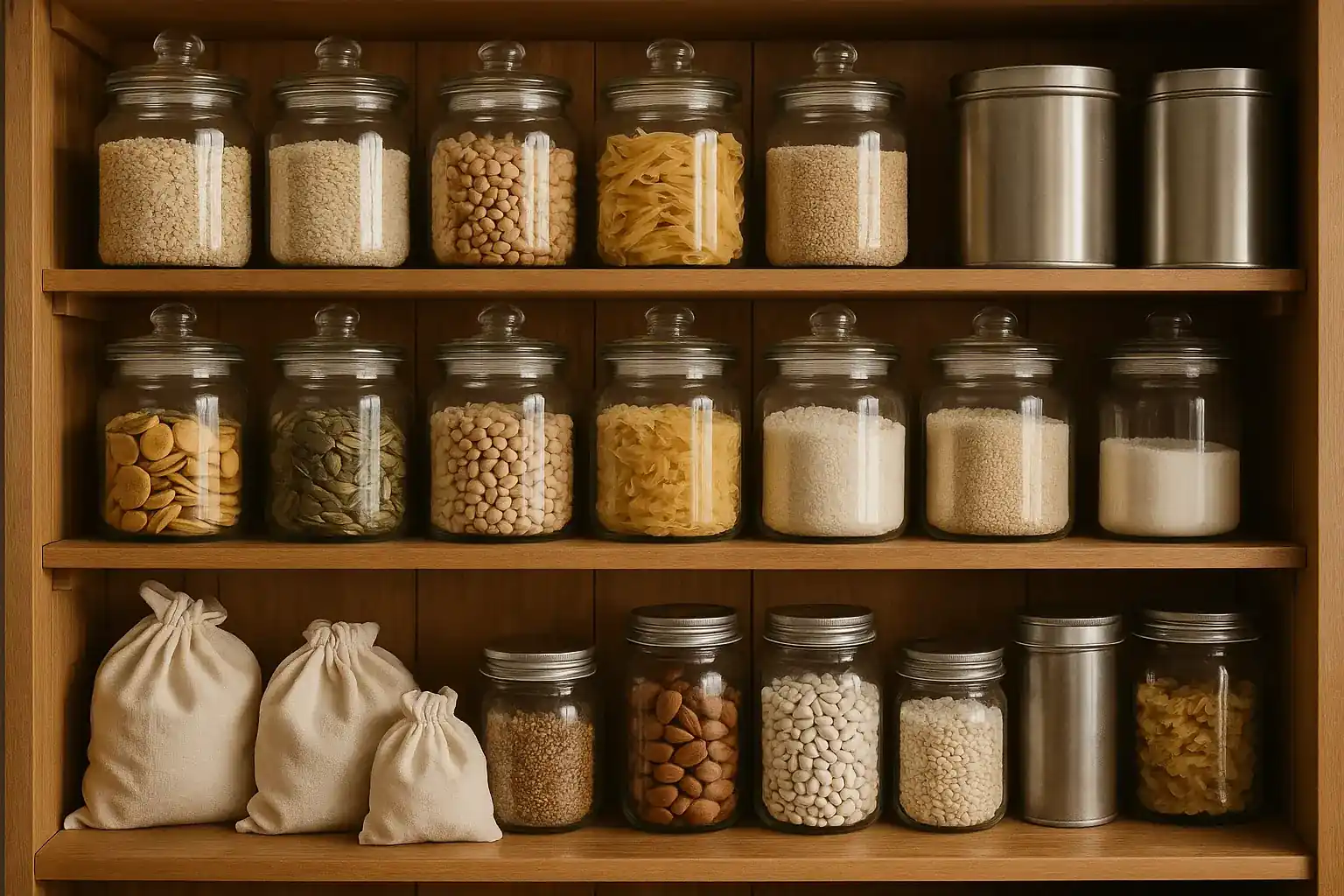
Say Goodbye to Single-Use: 10 Easy Swaps for a Plastic-Free Pantry
Insights on 10 easy swaps for a plastic-free pantry in a sustainable way.
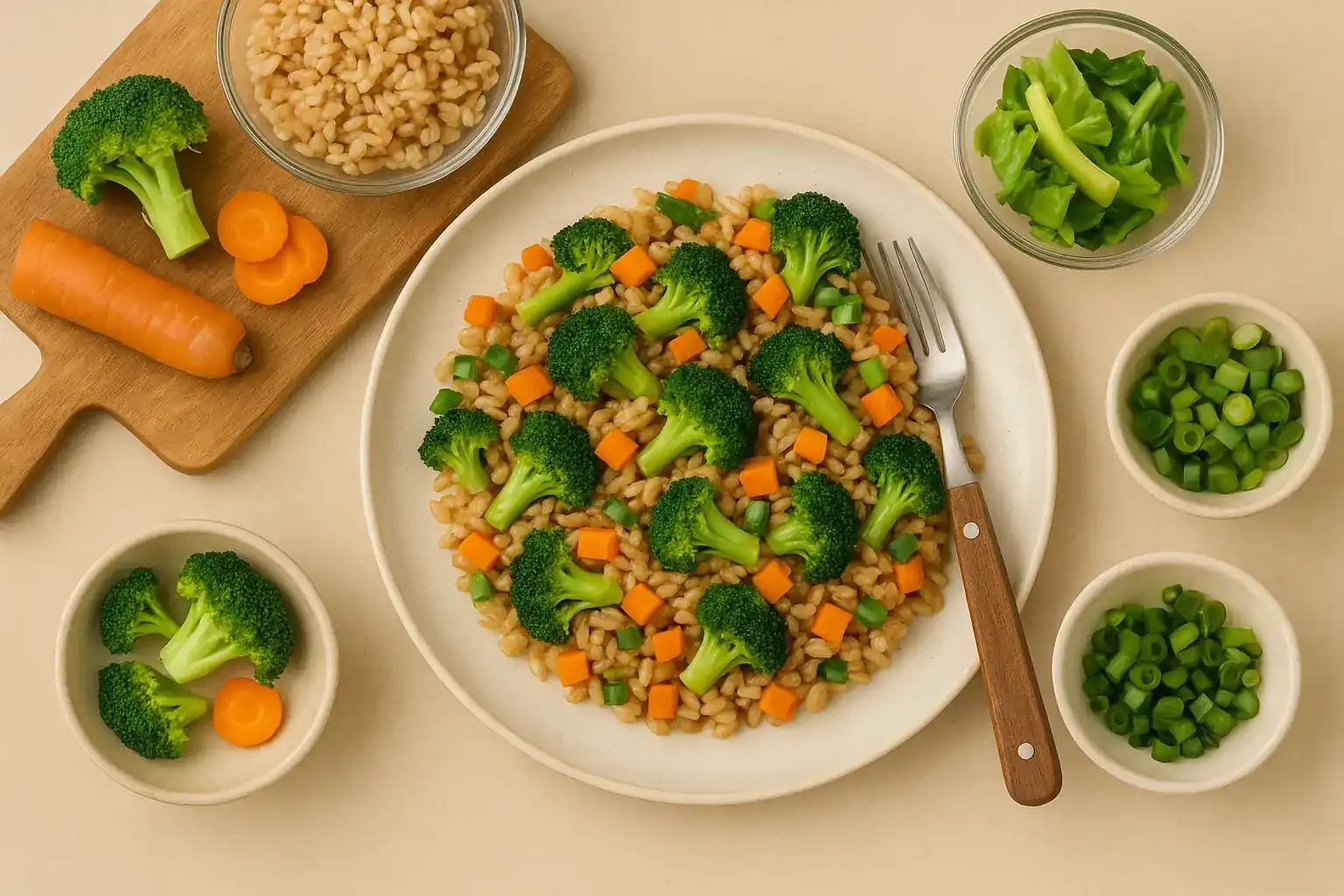
A Week of Delicious Transformations: Zero-Waste Recipes Using Your Leftovers
Insights on a week of zero-waste recipes using leftovers in a sustainable way.
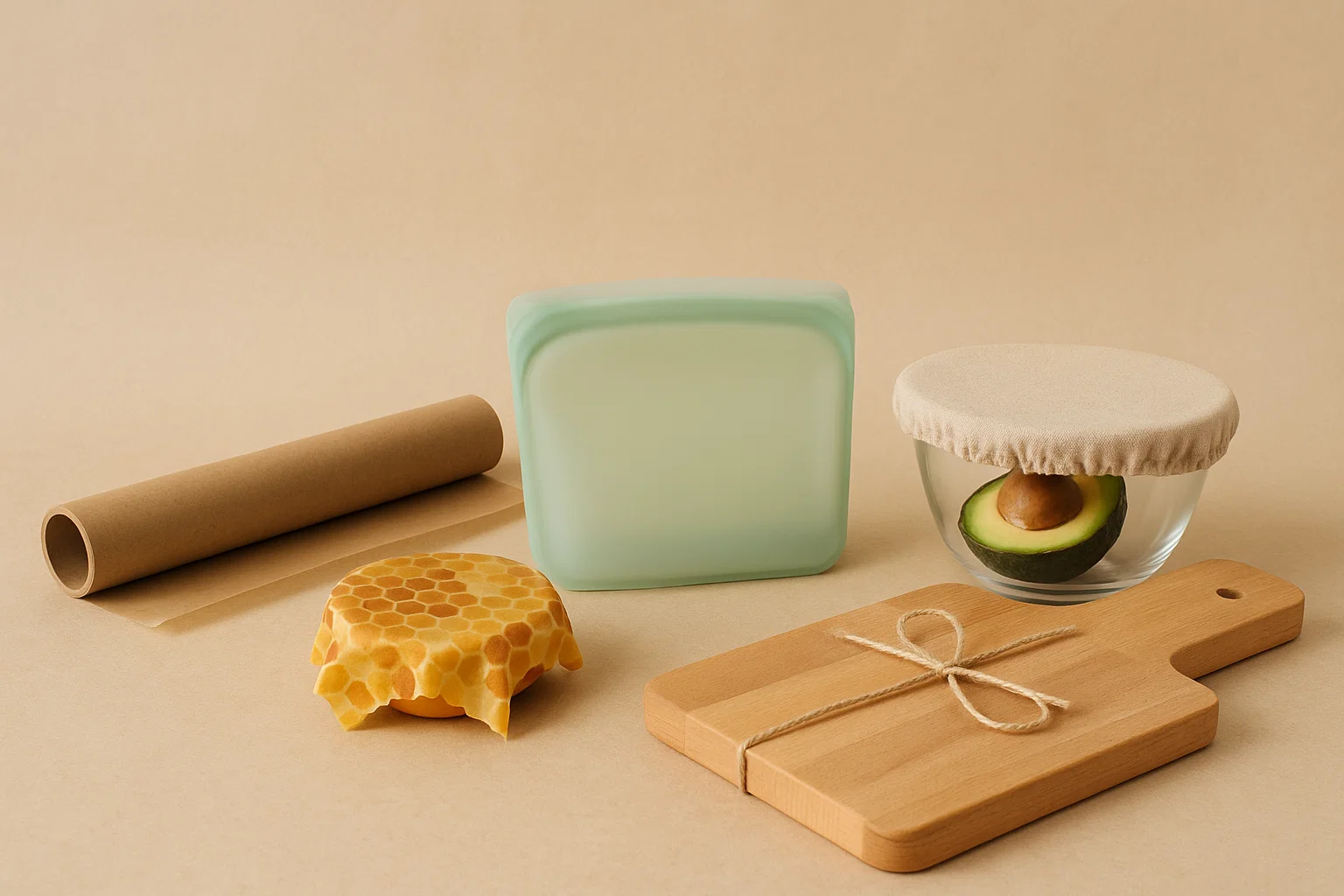
Beyond the Foil: Reusable Alternatives for Sustainable Baking and Food Storage
Opt for reusable silicone baking mats, covered bakeware, and beeswax wraps instead of aluminum foil.

Brew Better, Waste Less: Sustainable Alternatives to Single-Use Coffee Pods
Lower waste and enjoy better flavor with reusable pods, French presses, or Moka pots.
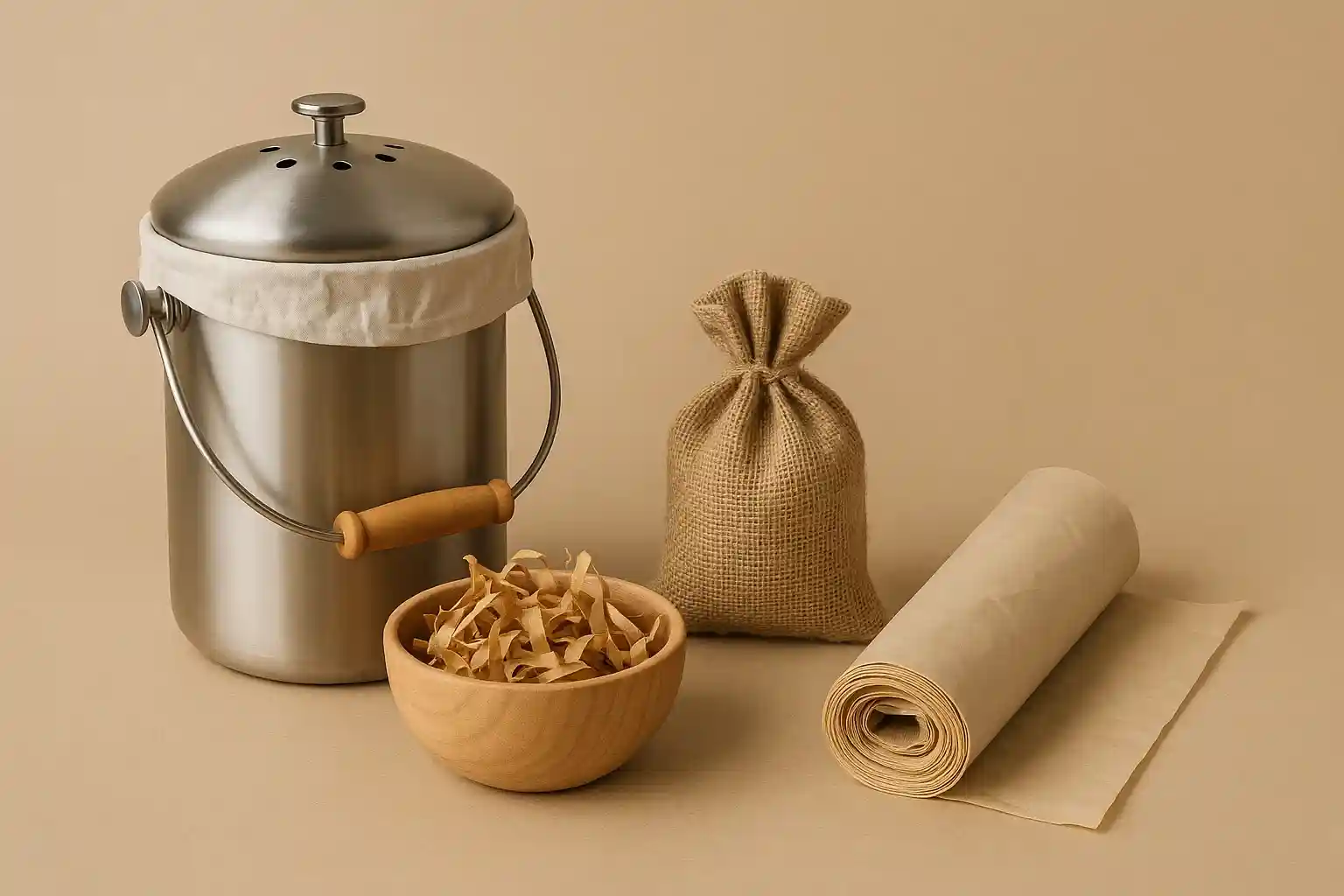
Compost Without the Carry-On: Sustainable Alternatives to Store-Bought Compost Bags
Reduce unnecessary plastic in composting with newspaper liners, bag-free bins, or DIY liners.

Compost Happens (Even in Apartments!): Your Beginner's Guide
Practical advice and actionable tips for composting 101.
Stay in the Loop
Get tips and insights tailored to your interests — no spam, just sustainability.